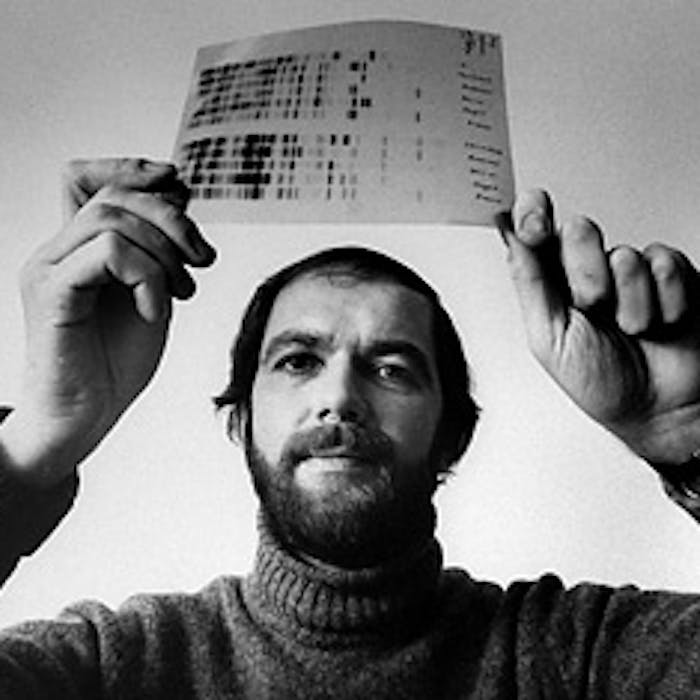
DNA Forensics - first used to catch a Leicestershire murderer
The use of DNA profiling and evidence has revolutionised the detection of criminals since its first use in Britain in 1985.
In this year, Alec Jeffreys (pictured), a genetics researcher at the University of Leicester, first developed the technique along with Peter Gill and Dave Werrett of the then government-owned Forensic Science Service (FSS).
The discovery made by Jeffreys' (now Sir Alec, and a Professor) led to the first person to be convicted using DNA. This was rapist and murderer Colin Pitchfork in September 1987.
When 15-year-old Dawn Ashworth was raped and murdered in Leicestershire in 1986, the police asked Alec Jeffreys if he was able to assist. A few years earlier, he had discovered that patterns in some regions of a person’s DNA could be used to distinguish one individual from another.
So far, Jeffreys had put his DNA pattern recognition technique to work in paternity and immigration cases, but now the police thought his techniques might help solve Dawn Ashworth’s murder as well as a similar one that happened in the area in 1983.
The police already had a suspect, Richard Buckland, who had even confessed to the Ashworth murder. When Jeffreys analysed DNA samples from the 1983 and 1986 crime scenes, and from Buckland, he found matching DNA from both crime scenes. But, to the dismay of the detectives, the recovered DNA didn’t match Buckland’s genetic code.
In an attempt to find the real culprit — the one whose DNA had actually been left behind — the police undertook a genetic dragnet. They obtained blood and saliva samples from more than 4,000 men in the Leicestershire area between the ages of 17 and 34, and had Jeffreys analyse that DNA. They didn’t find a match until a man was overheard saying he’d been paid to pose as someone else and provide false samples.
The person trying to evade the DNA dragnet was Colin Pitchfork. When Pitchfork’s real DNA was analysed, it matched the crime scene samples. Pitchfork was arrested and convicted and sentenced to life in prison.
What has become so beneficial for crime investigation is that DNA for profiling can be extracted from almost any human cell, including blood, semen, skin, saliva, mucus, perspiration, roots of hair - even old and dried out samples.
The story of the creation of DNA profiling was dramatised in Code of a Killer by ITV in 2015.
Further reading
Links to external websites are not maintained by Bite Sized Britain. They are provided to give users access to additional information. Bite Sized Britain is not responsible for the content of these external websites.
